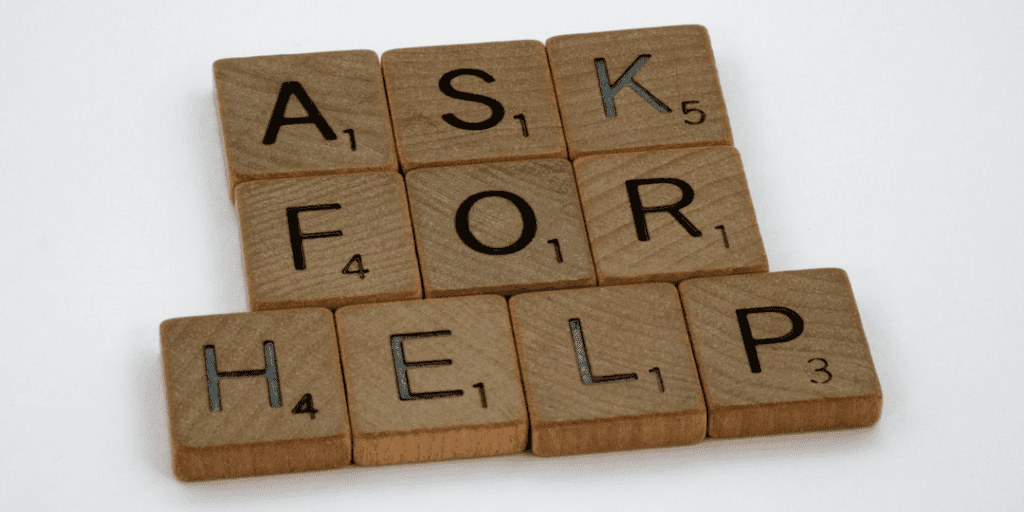
Did you know that the guidelines for treating mastitis have changed? In fact, some of the new recommendations are the exact opposite of the previous ones! If you’re like me, you might be skeptical at first, especially if the old methods seemed to work for you. But the truth is, the new guidelines make more sense in terms of breast anatomy and physiology. They are also simpler, take up less of your precious time, and are more effective, which is what really matters!
What is Mastitis?
The new guidelines, which are from the Academy of Breastfeeding Medicine, explain that mastitis is a spectrum of inflammation of the breast tissue, beginning with hyperlactation (or oversupply), leading to ductal narrowing, inflammatory mastitis, bacterial mastitis, and finally, an abscess in the extreme cases.
“Blocked” or “plugged” ducts, as they are commonly known, are actually not blocked, but are better described as narrowed, either from inflammation or a change in the normal bacteria (dysbiosis).
What Are the New Guidelines?
The traditional advice to pump or nurse more frequently than normal can make the situation worse because milk removal tells your body to make more milk, causing a vicious cycle that leads to further oversupply and inflammation.
The new advice is to nurse no more and no less than normal, following your baby’s cues (also called ‘physiologic breastfeeding’). If your breasts are uncomfortably engorged, you can hand express or pump a small amount to reduce pain, but do not pump to empty the breasts.
To treat the inflammation and pain in the breasts, frequent icing of the affected area is recommended, every hour, or as often as you wish.
Using heat is no longer recommended, as it can make symptoms worse.
It is also recommended to take acetaminophen (Tylenol) and/or ibuprofen (Advil) to decrease pain and inflammation. There is some evidence for taking sunflower or soy lecithin supplements (5-10g daily) as well.
Deep massage of the breast is to be avoided. This can cause tissue trauma and make inflammation worse. It’s important to remember that there isn’t an actual “plug” to remove, rather the problem is inflammation that needs to be reduced so that the ducts may widen, causing milk to flow more easily.
Although some swear by using an electric toothbrush – it’s not necessary and there is a risk of causing further damage or delaying healing.
If you feel massage may help you with pain relief, light sweeping massage is recommended over deep tissue massage (similar to lymphatic drainage techniques).
Summary of New Guidelines:
First line, at home treatment of oversupply, narrowed ducts and mastitis include:
- Ice affected area frequently
- NSAID medications (acetaminophen and ibuprofen)
- Breastfeeding on demand (no more or no less than normal)
- Ensure you are wearing a well-fitting, supportive bra
Other things that might be helpful:
- Probiotics have some evidence for helping prevent mastitis
- Light massage (lymphatic drainage massage)
- Talk to your doctor about treating nipple blebs if you have them. It’s not recommended to open them or soak them. A topical steroid cream or lecithin supplements may help.
- Therapeutic ultrasound (TUS) may also reduce inflammation. This treatment is performed by trained physiotherapists.

When to Get Help
If things aren’t improving or are getting worse after 24 hours, you probably need to see your doctor. Symptoms to look out for include fever, fast heart rate (tachycardia), increased pain and swelling of the breast.
Mastitis does sometimes need to be treated with antibiotics, so please do not feel bad about taking them. It is safe to breastfeed your baby while taking antibiotics for mastitis. Antibiotics are usually very effective and you will be back to your normal self very quickly!
Mastitis can be debilitating and can make you feel very tired and unwell. This is a good time to reach out for help from your family and friends.
For More Information
